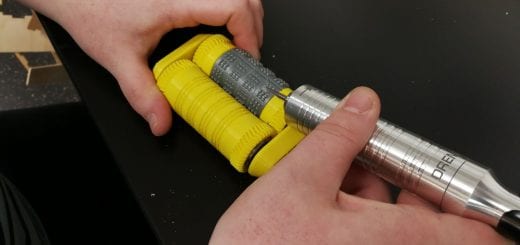Tracking Birds Across the Globe as they Pass By the University of Oregon – MOTUS Tracking
Earth Day 2022

With loss of habitat around the world, many of our migrating bird species are in great decline. This is because these globe flying birds use multiple areas during different seasons and across different continents. Additionally, many countries have differing environmental laws that allow for various habitat alterations. The large distances that some of these bird species travel also make it difficult to fully understand their ecology and survival needs. Knowing what trees and shrubs a bird prefers along the coast of Alaska and knowing what it eats in that area does not mean a biologist knows what the same bird eats in central or south America or even what kind of habitat it uses those southern areas.
For years, the US Fish and Wildlife Service (USFWS) has helped biologists understand some of these parameters by sponsoring a bird banding program. Birds are trapped in a net and a small metal band with a serial number on it is placed on each bird’s leg. A log of when and where the bird was banded is then given back the USFWS. Unfortunately, the recapture rate for banded birds is quite low and requires hours and hours of work, until now. With the advent of microelectronics, researchers can now fit birds, not with little bands on their legs that need to be read with the bird in hand, but with micro-radio-transmitters (CellularTrackingTechnologies (CTT) or Lotek). These transmitters, lasting weeks or months to a couple of years depending on the rate of transmission, provide signals of the bird’s presence in an area. With the use of directional antennas, a person can record a bird in the area from up to 15 kilometers away.

That is what we are now doing at the University of Oregon. In partnership with the MOTUS wildlife monitoring program, and with the initial help of William Blake of the MPG Ranch in Southern Oregon, we have built and are building radio receivers to pick up these tagged birds. We have one currently running in the Eugene, Oregon area, and with the help of UO students and partners at Oregon State University (Matt Betts), we will have one running that the H.J. Andrews Experimental Forest on the western slopes of the Cascade Mountains. If all goes right, our partners at Oregon State University may start tagging birds of their own that our antenna system can track.



